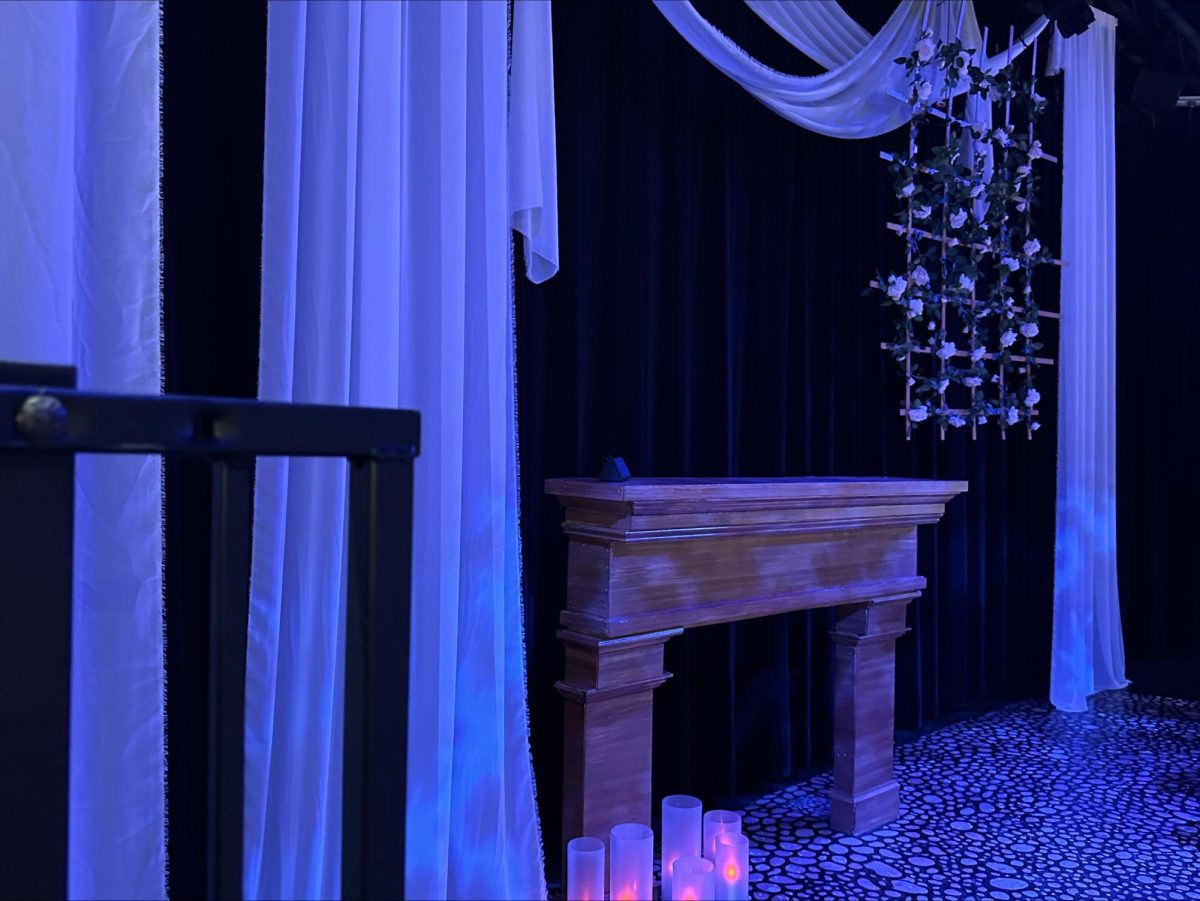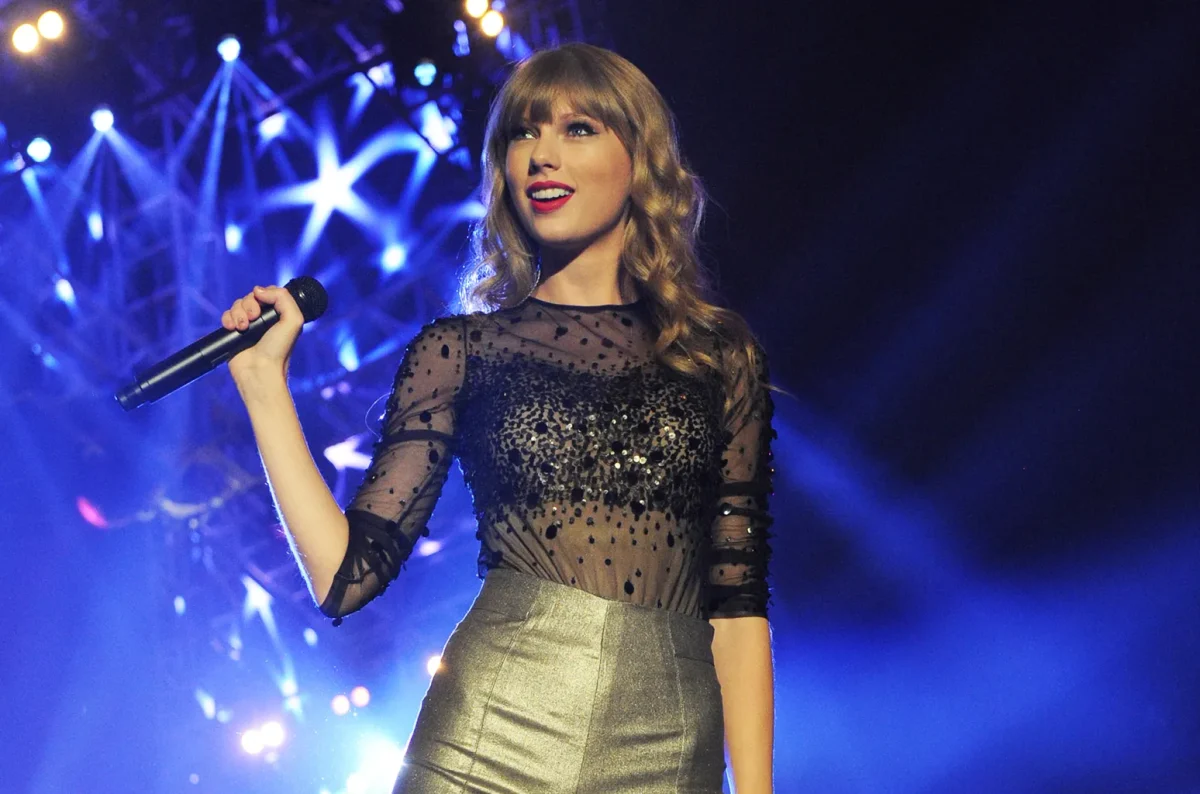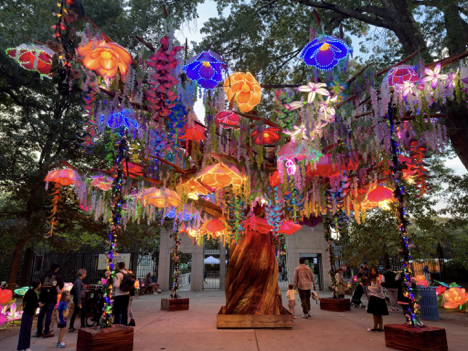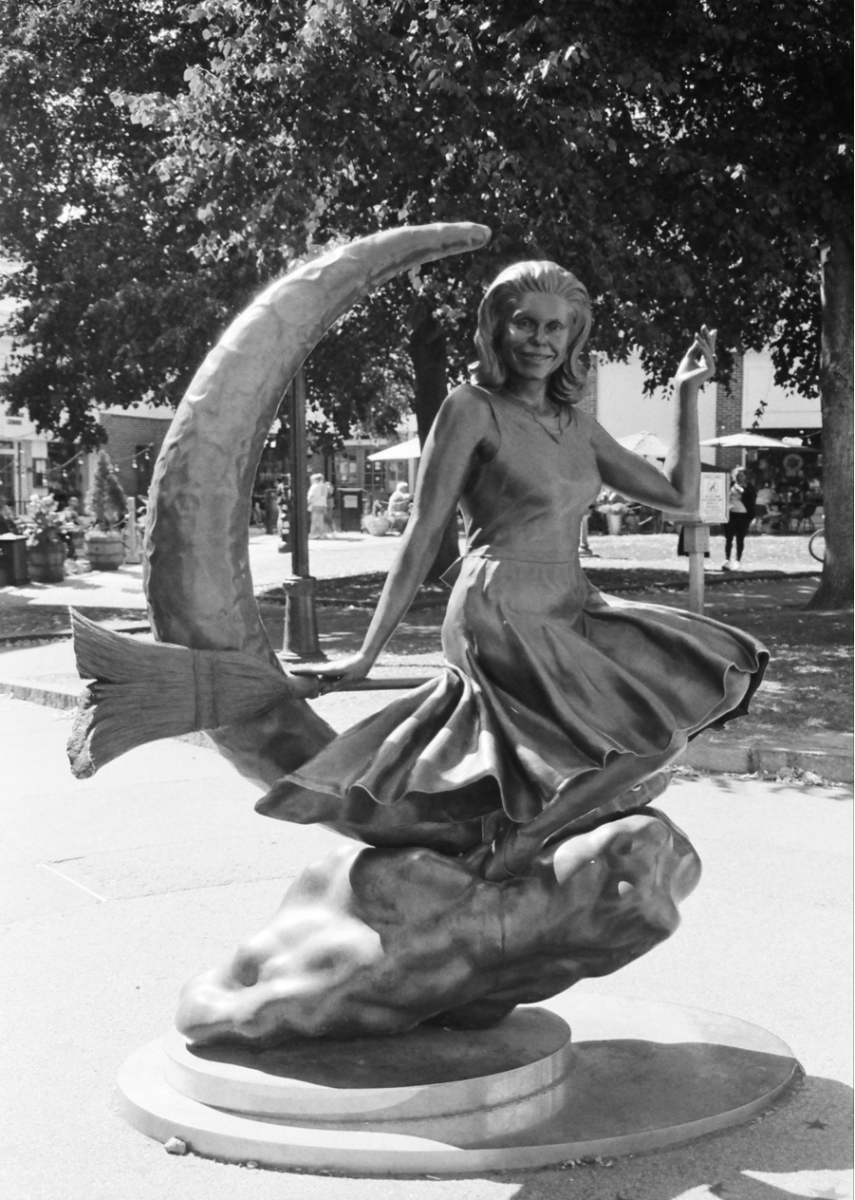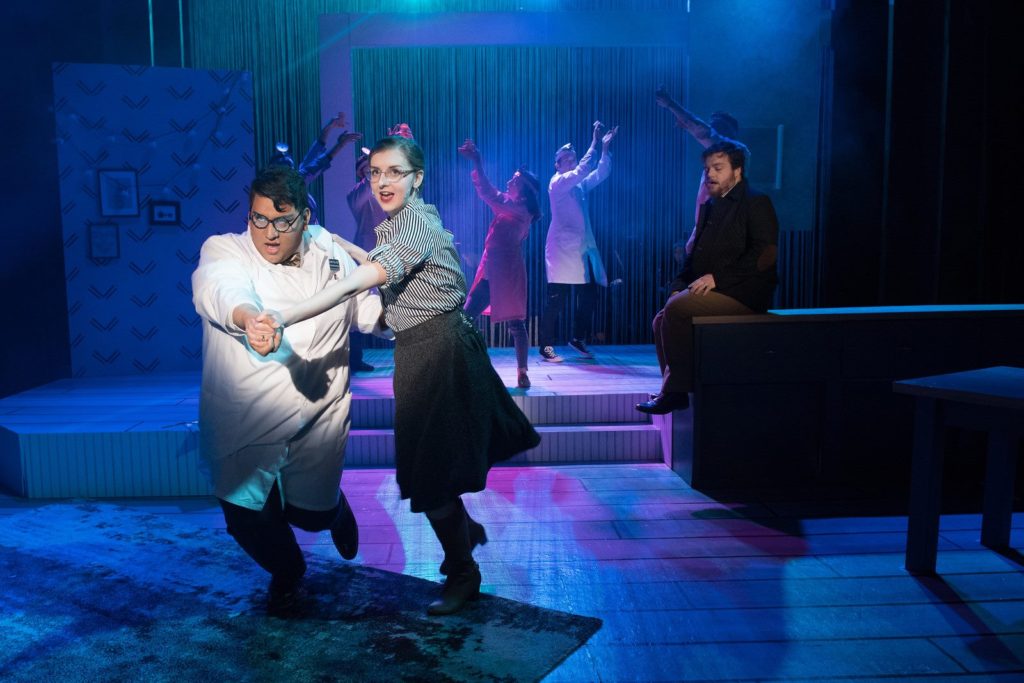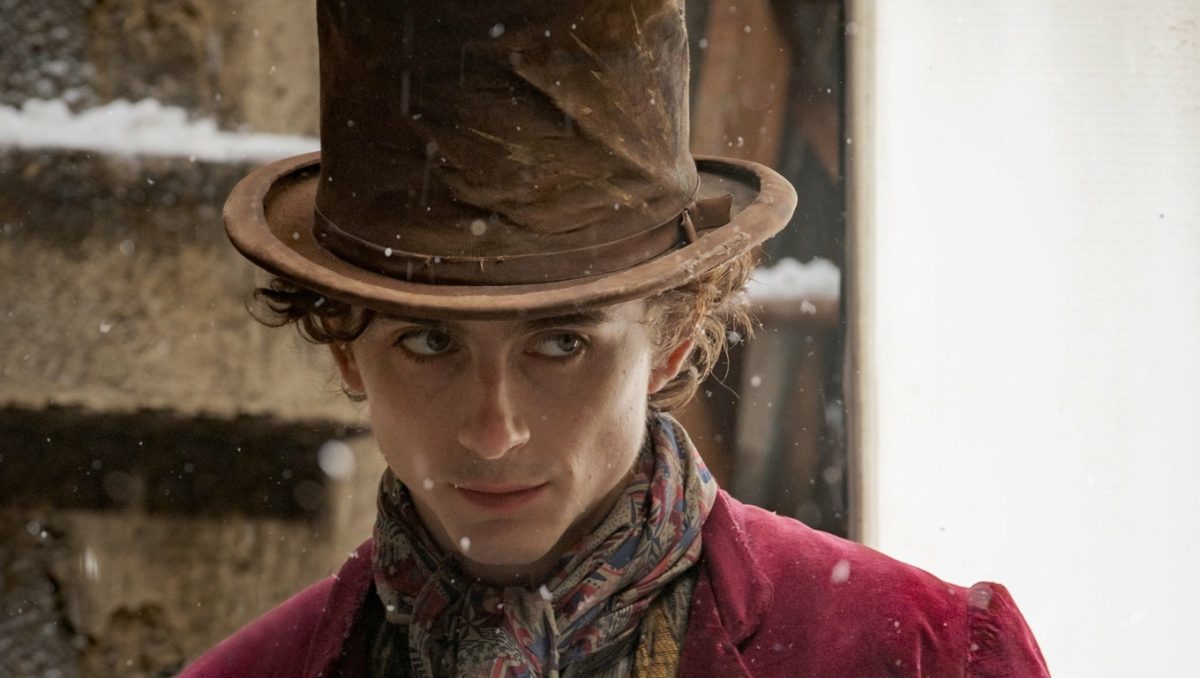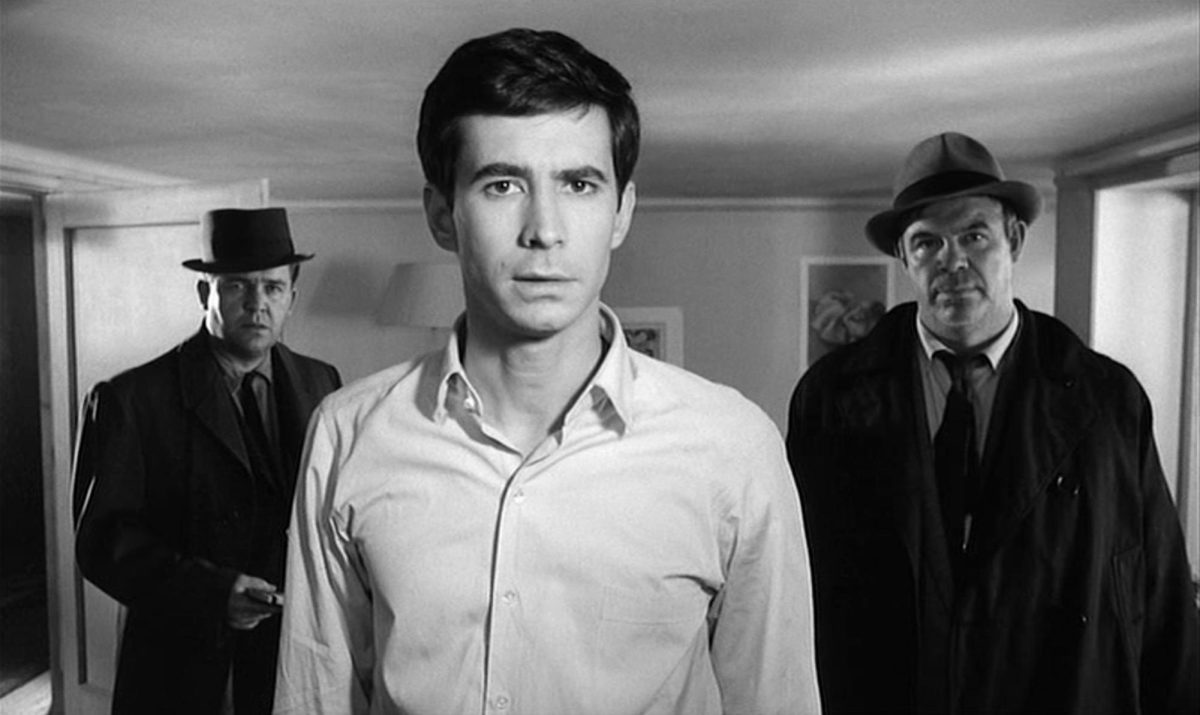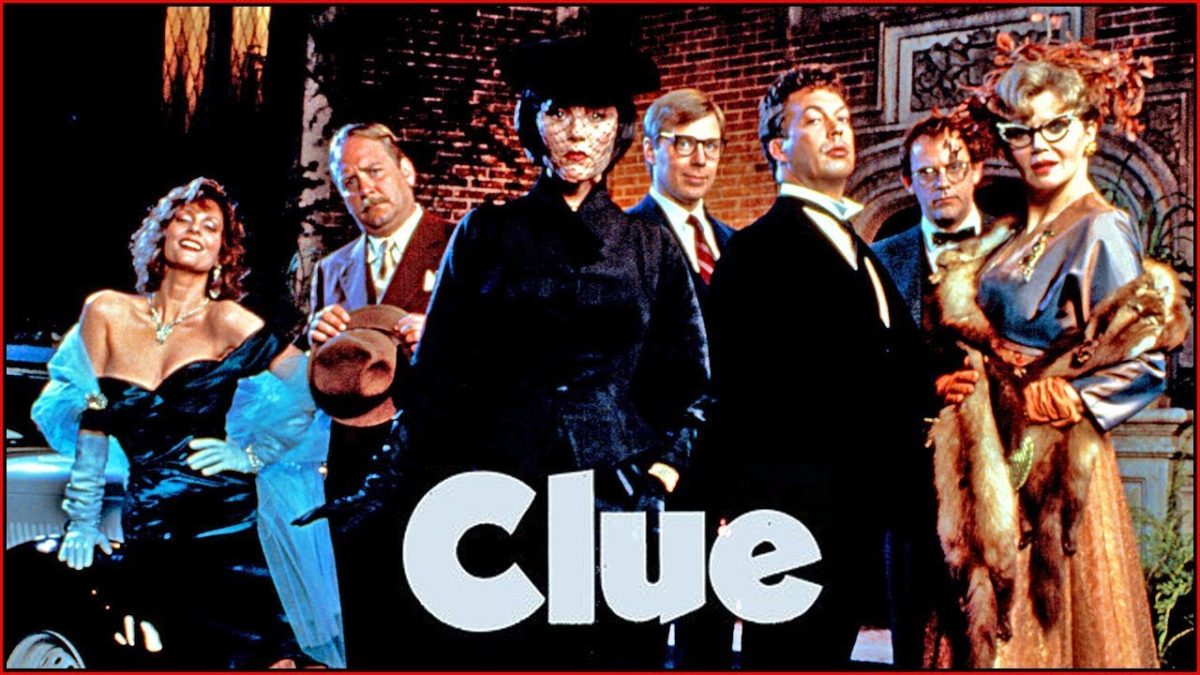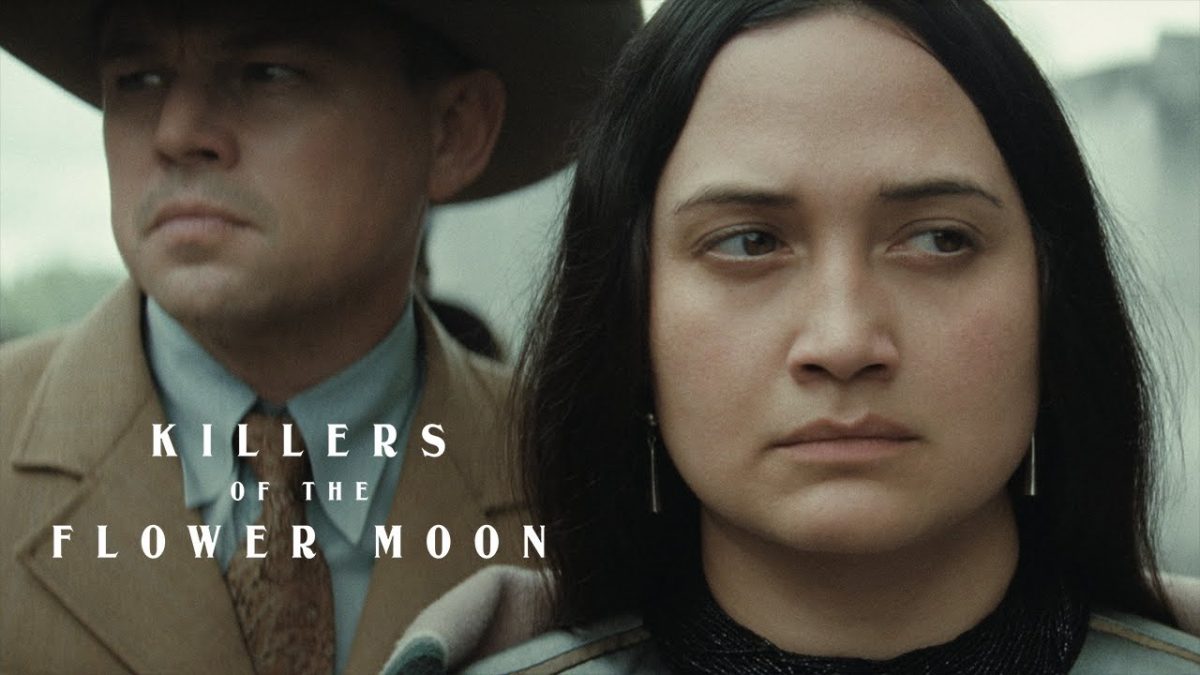This Wednesday, 4/10, The Westfield State theater department’s showing of Next to Normal had its opening night.
The sold-out crowd packed into the Ely Black Box theater and would spend the next two and a half hours transitioning between states of laughter, despair, and thunderous applause as the show evoked too many emotional responses to count.
The art gallery outside the Black Box hosted a seminar before the show with a psychology professor; the goal to help audience members understand the depth the show, for the consisted of themes of mental illness, depression, and dealing with trauma. It also handily doubled as extra credit for students in any of Professor Eric Parness’s theater classes.
Even knowing the subject matter going into it, the show still surprises you with how dark it can go. The play begins with the lives of an ordinary family of four. Dan (Jake O’Kane) and Diana (Emily Stratton), the parents, Gabe (Conor Bunker) and Natalie (Glenna Forgue), the teenage children.
However, you soon learn Gabe is not real, and Diana has been hallucinating him for nearly 18 years. Bi-polar disorder combined with the trauma of losing her child results in a very unstable character.
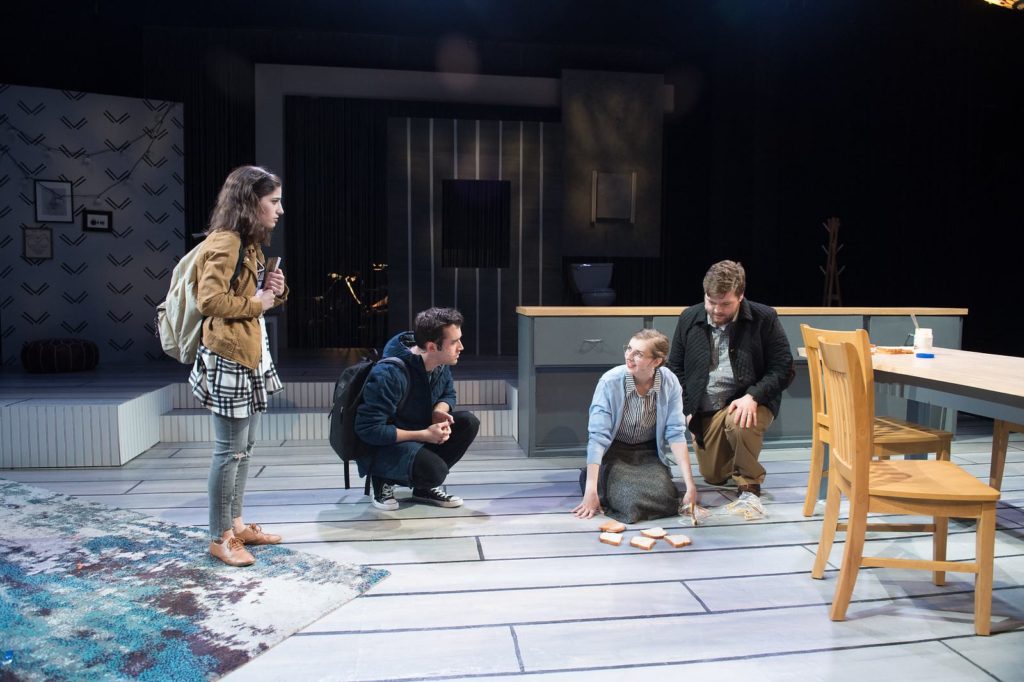
Dan often has to skip work on Diana’s worst days to take care of her, and neither give much attention to their daughter. Eventually, Diana cuts herself, receives shock therapy and suffers amnesia as a result.
Natalie starts taking pills, only being brought home from random clubs every night by Henry (Andre Ruiz) who tries to keep her life together. Death, depression, drug abuse, neglect; there are few problems Next to Normal doesn’t address.
Audience members knew this going in, but seeing the story in action still takes a toll. I cried on at least three occasions, and that was far below average in terms of the audience members around me.
The first time the emotion got to me was during “Super boy and the Invisible girl,” where Natalie sings about how her long dead older brother outshines her in her mother’s eyes. He’s this immortal, heroic being, and she’s the one who’s not actually there.
The second time occurred when Diana doesn’t recognize their house, her daughter, or anything after the shock therapy. Here we see Natalie, who’s had to fight her whole life to prove to her mom she’s the real, get deleted alongside Gabe.
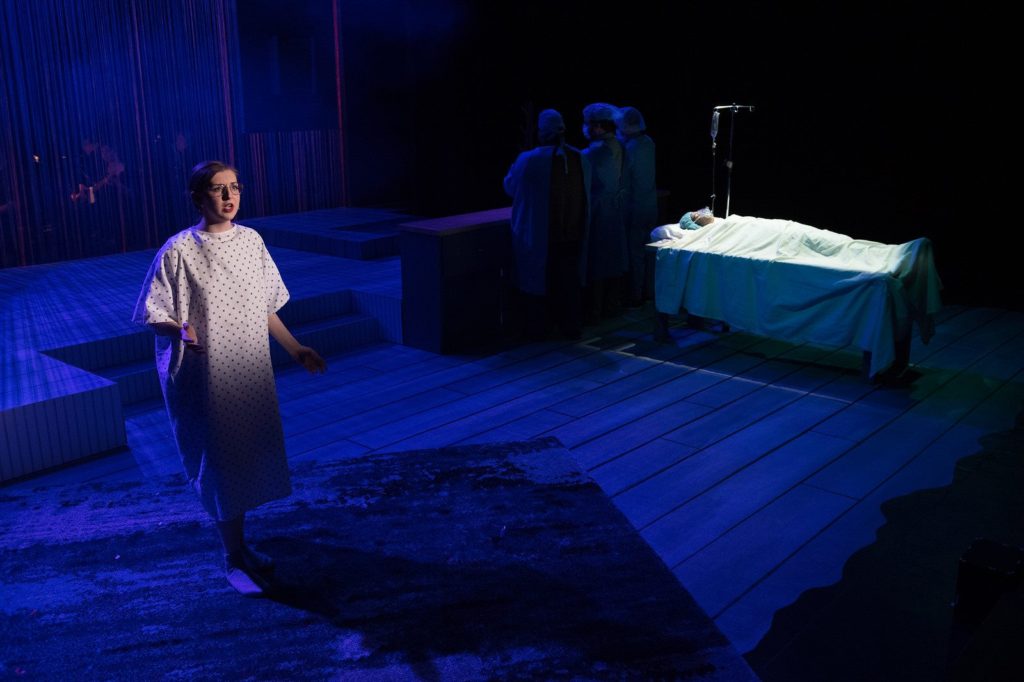
I won’t spoil the third, as it comes at the end, though I will say that Gabe finally gets to interact with another character besides Diana.
This was Conor Bunker’s third time acting in a production of Next to Normal, having played Henry twice before. This time, as Gabe, he feels as though he got to tell an entirely different story. He says, “Henry and Natalie have a different show, almost,” while Gabe, Diana, and Dan tell an alternate tale.
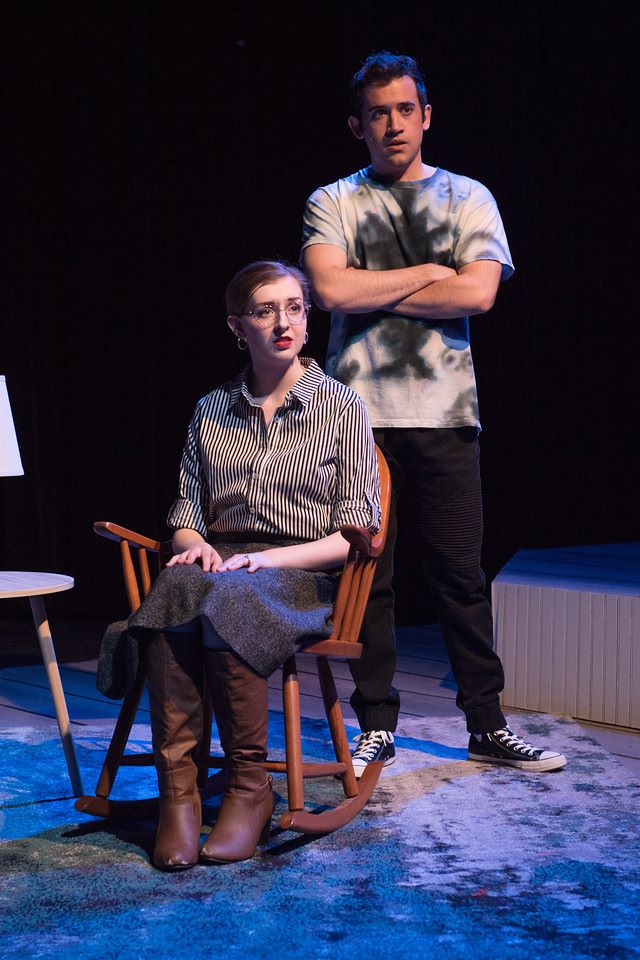
“I’m a representation of people’s hopes and dreams, and those don’t always benefit us.” Bunker sees Gabe as the villain of the show, though it’s not that he’s an evil character. He is what his mom wants him to be. He’s a comfort to her.
However, that comfort keeps her from facing the truth of his death and from being the mother Natalie needs. “We sometimes want things we can’t have. Temptation can ultimately lead to unhealthy lifestyles.” Said Bunker.
Every production of a show is unique, so what was done this time around to make it different? I found the set to be particularly good. The band was visible through a curtain of streamers in the back, which is nice since they put in so much work and are rarely seen in shows.
There were also some great tricks with the lighting. A dresser’s drawers had hidden lights inside them, so they could shine up under Gabe’s chin giving him a ghostly look. Blue lighting was used to signify Diana’s depressive bouts, and red lights show the manic episodes.
The set remained the same for the most part, other than a toilet being wheeled around and furniture being moved. However, lighting changes signified location changes, most noticeably with a light being lowered close to the ground when they were in the hospital, or the disco ball at the end when Natalie and Henry attended a school dance.
There were many costume changes, more than I had expected. Most shows have actors wear one thing unless they play multiple parts, but most characters in Next to Normal had full costume changes, sometimes several.
Next to Normal is only meant to have a cast of six people, but they did their best to create an ensemble singing back up where possible. Most served as nurses under Doctor Madden (Carlos Avecedo), and contributed to the small amount of comic relief to break up the dark themes.
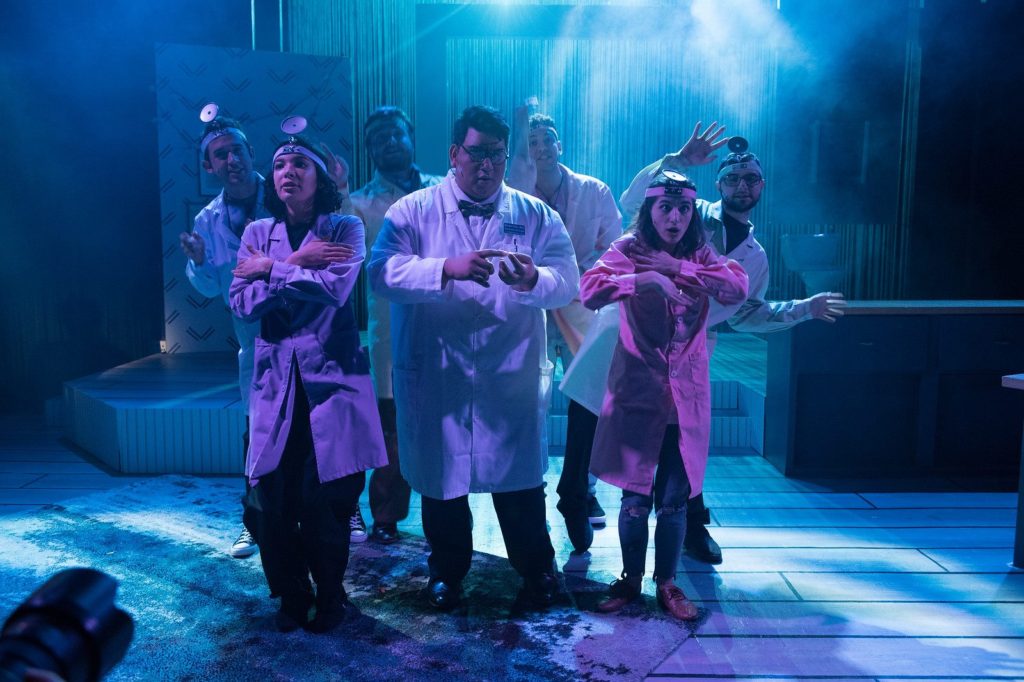
If I had to point out anything negative about the show, the fog machine did make some noise in the first act, though it was quiet through the second.
There were also several lines drowned out simply because of how the songs were written. Many had Natalie and Henry singing at the same time as Dan and Diana, or Gabe and Diana. They wanted to tell connected, but separate stories at once. However, several times one of them is belting a high note while the other side has drowned out dialogue. Still, that’s not the fault of the students and faculty who put the show on, more so an issue with how the play was written itself.
Many of these incredibly talented performers are seniors, with only one or two shows left for them at Westfield State University. Unless you are triggered too greatly by the themes I’ve described, you would be doing yourself a disservice to miss it. The show closes April 13.
